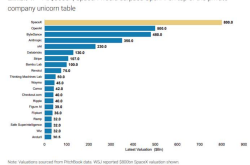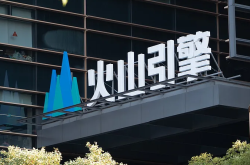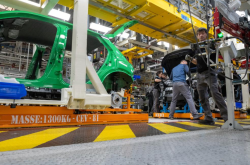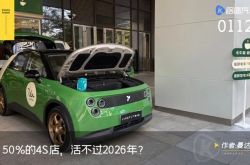One Word: Steady!
![]() 07/25 2025
07/25 2025
![]() 414
414
Ever played a claw machine?
To catch your prize, you need to focus intently on the hook's position.
Watch closely and decide when to drop the hook.
Any distraction or interruption could shift your gaze, causing the claw to "veer off course."
In a bustling port with an annual transfer volume of up to 10 million tons, workers use boom cranes to lift cargo.
This process is akin to operating a giant claw machine.
If their line of sight shifts or is obstructed, it can lead to safety hazards like cargo spills, equipment collisions, or even casualties.
Due to the boom crane's 360° rotating arm, conventional cameras are mounted at the arm's end.
When the tens-of-meters-long arm moves at high speed, it's like watching things from a merry-go-round.
Not only does the viewing angle sway, but the camera itself is prone to damage.

To stably monitor the boom crane, the lifted objects below, and the working area, improving efficiency and safeguarding safety, Hikvision introduces:
Self-stabilizing cameras.

Triple Self-stabilizing Structure: Stable Images, Unfazed by Shaking
First Level:
Many homes have drawers or cabinet doors with damped slides that provide resistance when closing, ensuring a slow and vibration-free movement.
Hikvision's self-stabilizing camera employs a hydraulic damping bracket, operating on the same principle.
Oil flows through a small hole to create damping force, quickly reducing the impact and vibration during crane operation.
This minimizes the camera's sway and swiftly centers the lens, keeping the image steadily focused on the cargo below.

Second Level:
Using a surface-contact fixed bracket, the camera remains stable even in the face of strong winds (up to Force 7).
Third Level:
Equipped with the special "Anti-vibration No.1" lens, featuring an innovative self-locking design, the camera's anti-vibration capability is about 7 times higher than ordinary lenses.
This ensures stable anti-vibration and prevents out-of-focus issues for high-magnification lenses.
*Data provided by Hikvision's lab

Scene Intelligent Image Algorithm: See Details More Clearly
When a person stands with backlight, it's hard to see their face clearly. The same applies to wharf lifting operations.
Due to the high contrast between the cabin's interior and its surroundings, the cabin often appears in backlight, making it difficult for operators to see the cargo placement inside.
Hikvision's scene intelligent image algorithm clearly restores cabin details and intelligently adjusts image parameters based on ambient light, assisting operators in accurately locating cargo and efficiently completing lifting tasks.
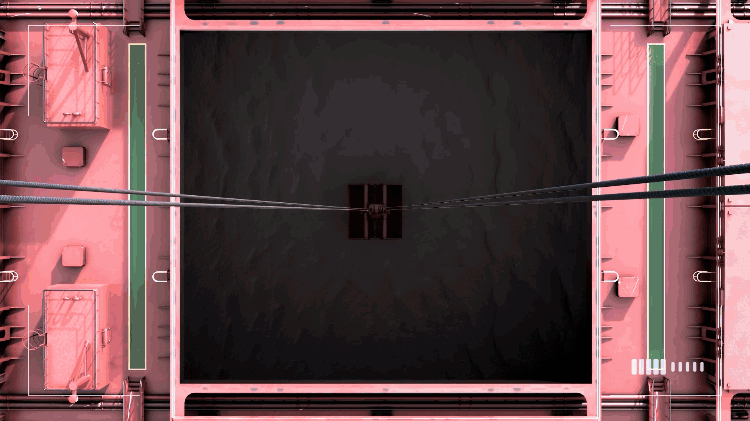
Supported by Large Model Algorithms: Detect More Accurately and Further
To ensure real-time judgment on whether anyone is trespassing beneath lifted objects, safeguarding work safety, the camera is equipped with Hikvision's large model mobile perimeter algorithm.
This algorithm intelligently filters out dynamic interference like vibrations and image movements, providing real-time and accurate trespass detection.
Under equal detection conditions, it reduces false alarms in mobile scenarios.

Moreover, leveraging the powerful hardware of the large model camera, it can accurately detect even a 50-meter-high boom crane, ensuring precise and long-range detection.

Hikvision's self-stabilizing camera, unfazed by shaking, provides real-time and stable monitoring of lifted objects and the working area. Ideal for boom-type large cranes in ports, shipyards, wind turbine installations, and more, it eliminates "blind spots" in busy crane areas, fostering an efficient and safe intelligent work environment for lifting operations.

